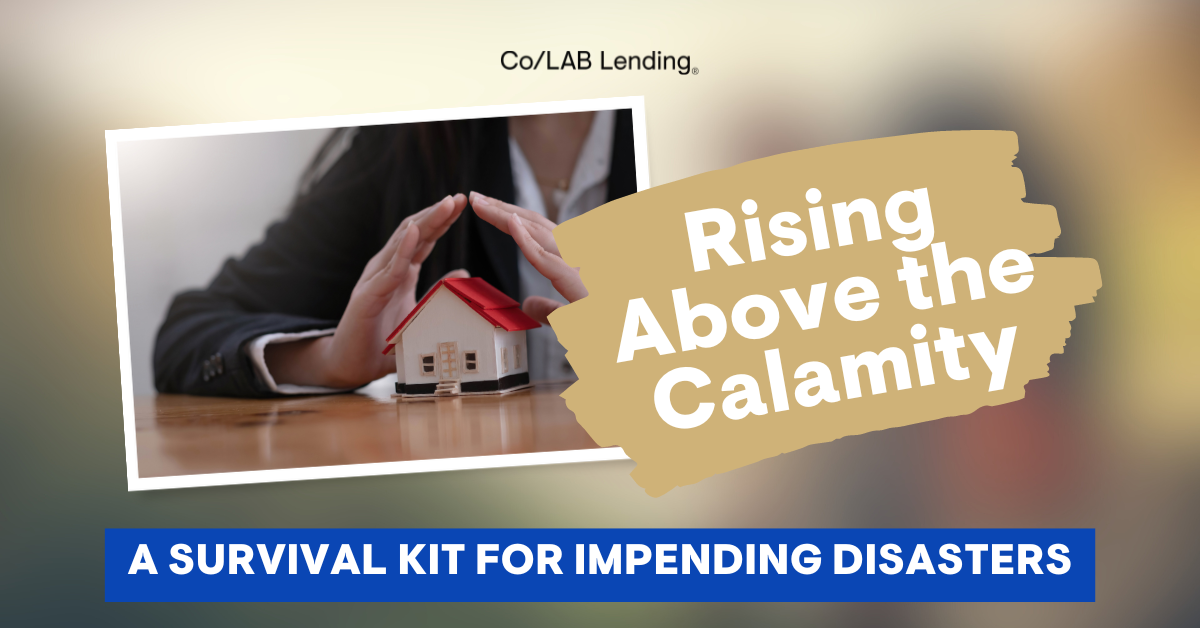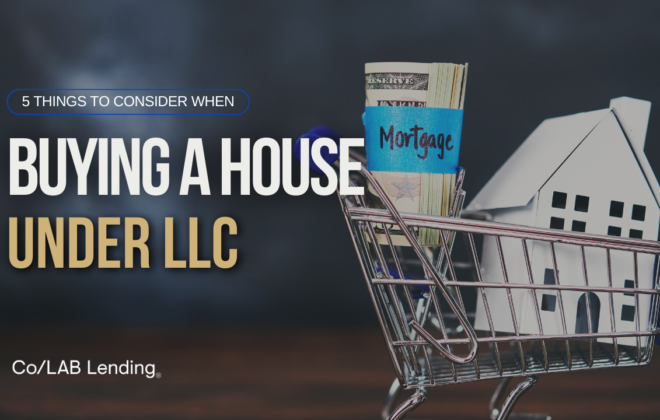Protect Your Home And Family From Disaster
.
Your home is your house. You may have spent months or even years preparing yourself financially to buy the home. It’s where you live, eat, and sleep. It’s a place where you create memories and is the safest most comfortable and secure place you can think of.
However, the reality is that even the safest places aren’t immune to disaster. Sometimes the unthinkable or unpredictable happens and there is nothing you can do about it.
Natural disasters are a fact of homeownership. Just last year in 2018 there was over $47.5 billion in property loss.* Wow, that’s a huge number!
Luckily, even though the number seems large, FEMA notes that disasters affect only 8% of the U.S population. But for the unlucky ones that are roughly 24 million Americans. In 2018 States with the largest amount of property loss and people affected are California, Florida, North Carolina, Colorado, Texas, Georgia and Alabama.*
If you live in Pennsylvania like we do you might be feeling a bit relieved you don’t see us on the list. But, wait! That was 2018. Just a few short years ago in 2014, Pennsylvania ranked 4th in the top five states for property insured by catastrophic losses.
The point is, disaster can strike anywhere and 48% of Americans lack emergency supplies for when they happen.
You might be wondering why we are telling you all of this. It’s simple. We want you to be prepared in the event your home and family is affected by a disaster or emergency whether it’s fire, flood, wind, or rain, or something else.
Protecting Your House
Disasters are unpredictable so as a homeowner you need to make sure your house is as protected as you are. When it comes to protecting your house with insurance you want to ensure your policy offers suitable coverage for your home. Make sure your house is fully protected.
Failing to buy adequate homeowners insurance can be way more financially distressing than paying a higher monthly premium for the correct coverage, especially when disaster strikes. While it’s hard to picture something devastating happening to your home, especially if you just bought it, catastrophes can occur in the blink of an eye.
Five common mistakes homebuyers often make are:
- Underinsuring their home
- Going for the cheapest policy
- Not taking inventory
- Failing to understand the risk factors of the property
You can read more about these common mistakes and others in a previous blog: The Costly Mistakes Homeowners Make When Shopping For Insurance.
Protecting Your Family
First and foremost, protecting your family is the most important and responsible thing we believe in. When preparing yourself and your family for an emergency, it’s important to have enough food, water, and essential supplies. Should disaster strike, depending on the level of danger, you may decide to remain in your home or you may be necessary to evacuate.
In a serious event where evacuation is required, Ready.gov recommends that you have enough supplies to last 72 hours. When the emergency doesn’t require an evacuation and you are able to still remain in your home while the situation is resolved it’s recommended that you have at least two weeks’ supply of necessary items.
Buy Pre-prepared Emergency Kits
One option for preparedness is to buy ready-to-go emergency kits online. You can easily find 24, 48, and 72-hour kits that will be delivered with all the necessary items you need neatly packed inside a portable bag of some kind like a backpack. Some call these “Bug-out-bags”.
You should also consider being prepared for a long term situation. In the event that your case could last 2 weeks or more, you should buy a 30-day supply of emergency food that is stored in containers that remain fresh for 30 years.
Create Your Own Emergency Kits
Your second option is to put your own kit together. This is a more thrifty and practical approach especially if you want to put together numerous kits for each member of your family. You could even get the entire family involved which could create the perfect opportunity to discuss your plan in the event of an emergency.
What Items Should You Put Into An Emergency Kit?
Now that you are ready to protect yourself and family from the disaster you are probably asking yourself what components should you put into your kits?
First, begin by grabbing a large waterproof container. If you don’t have one you can easily find these online. Next, you’ll want to start collecting items from the list below as recommended by the American Red Cross. Some of these items you may already have to lie around your home. The idea is to put everything you need into the container and then sort through it later making as many kits as you need by either packing the items into smaller waterproof containers or backpacks for quick exits.
- Food: non-perishable, easy-to-prepare items. Again you can order as much as you need by the bucket at reasonable costs.
- Water: one gallon per person, per day.
- Flashlights
- Battery-powered or hand-crank radio
- Extra batteries
- First aid kits
- Medications
- Swiss army knife or multi-purpose tool
- IMPORTANT: Have copies of personal documents like birth certificates, a deed to your house, insurance policies, and any pertinent medical information. Have cash on hand
- Emergency blankets
- Personal hygiene items
Anything Else?
Now that you have the essentials, you can customize your kit with other tools and additional supplies that your family may need. Consider adding these useful items:
- Whistle
- N95 or surgical masks
- Matches
- Rain gear
- Towels
- Work gloves
- Tools/supplies for securing your home
- Extra clothing, hat, and sturdy shoes
- Plastic sheeting
- Duct tape
- Scissors
- Household liquid bleach
- Entertainment items
- Water filtration bottles
- Hand warmers
- Mini shovel
- At least one change of clothes
- Blankets or sleeping bags
After you have created your home disaster survival kit it’s time to put together a plan. Having all the emergency essentials in the world is meaningless if you don’t have one. You want yourself and each of your family members to know where to be, what to get, and how to respond. Practice your plan several times and make sure everyone is on the same page. Your emergency kits + a plan can be the difference between making it through a disaster or not. We want you, your family, and your home to be as safe and protected as possible.
References
*https://www.iii.org/fact-statistic/facts-statistics-us-catastrophes
Mortgage Consultation Today!
Tags In
Categories
- Credit (4)
- FHA Loans (3)
- Finances (3)
- First Time Home Buyers (6)
- Grab Bag (7)
- Home Technology (1)
- Homebuying Tips (17)
- Inspiration (1)
- Insurance (3)
- Interest Rates (3)
- Loan Process (1)
- Mortgage Financing (14)
- Motivation (1)
- News (1)
- Press Release (8)
- Renovation (2)
- Self Employed (1)
- Tips & tricks (1)
- Uncategorized (134)
- USDA Loans (1)
- VA Loans (2)




